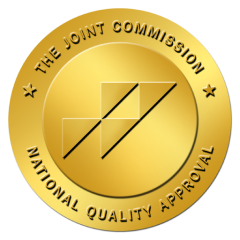There’s no question we’re dealing with a tough hiring market right now. Call it The Great Resignation, the Sansdemic, the Great Re-Evaluation… the fact is that candidates have the leverage today, and your organization is probably facing a talent shortage if you’re like most other businesses out there. But you might be missing some obvious solutions to the problem.
Here are three solutions to the talent shortage that you may have overlooked:
Tap into the hidden workforce.
Research by the Harvard Business School shows that the “hidden workforce” consists of some 27 million people who want to work and can’t find jobs. These workers are broken down into three categories:
- Missing hours: People who currently work part-time but are looking for full-time work.
- Missing from work: People who have been unemployed for a long period, but still want to work.
- Missing from the workforce: People who are unemployed and have given up actively seeking work but would be willing to take a job if the right offer was presented to them.
The Great Resignation is a real phenomenon – but it’s important to understand that there are still people out there looking for work. So, how do you find them?
Source both passive and active candidates.
Active candidates are those actively looking for work. Passive candidates are those who aren’t, because they’re already employed. And it’s important to source from both talent pools if you hope to combat the talent shortage. According to Recruiter.com, recruitment and talent acquisition professionals have long held a preference for currently employed talent (passive candidates). But just because a person isn’t employed currently doesn’t mean they don’t have the skills or experience to do the job.
Don’t let a preference for passive candidates perpetuate the talent shortage at your organization. Be sure to consider all applicants, whether they’re currently employed or not, when sourcing for your open roles.
Update your ATS.
Research shows that a cumbersome or confusing application process is a huge barrier for most applicants. Outdated ATSs and poorly designed applications only serve to turn candidates off – if they can’t easily apply, they’ll just choose to go elsewhere. And sometimes, the technology itself just isn’t up to par with today’s recruiting needs. Most traditional ATSs rely on keyword filters to prequalify candidates – but keep in mind that all that tells you is whether a keyword appears on a candidate’s resume or not. Go beyond the technology and remember to look at candidates wholistically and consider upgrading outdated technology to better suit your needs today.
Need Help with Recruiting?
That’s where we come in. Contact Medical Talent to find the professionals you need at your organization.
